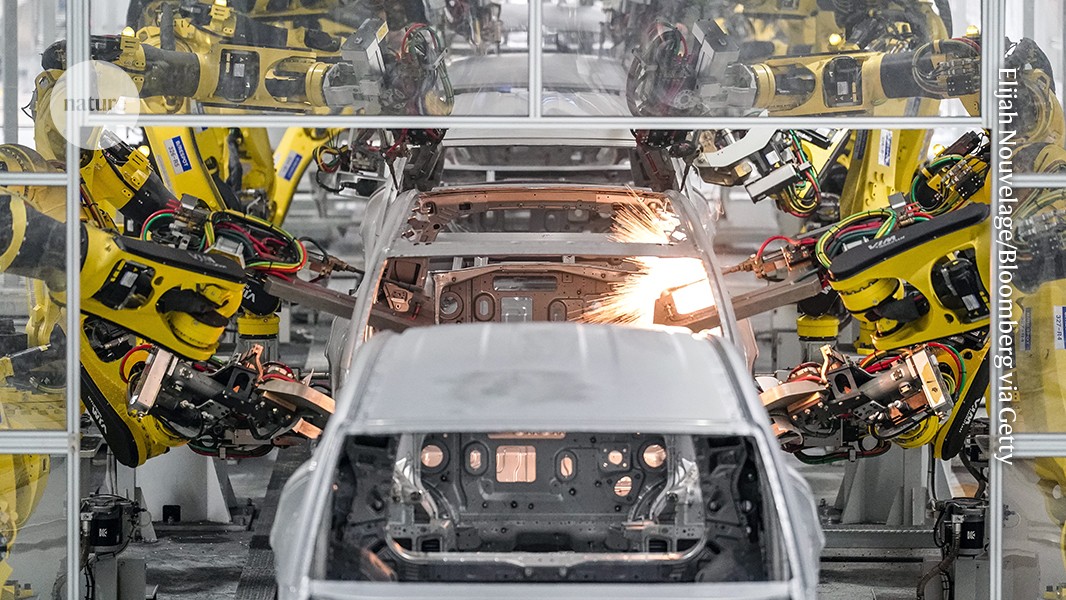
"Electrifying half of the world's light-duty vehicles could save 1.5 billion tonnes of carbon emissions annually, equivalent to the emissions of Russia."
"Electric vehicles remain unaffordable for most people. Many consumers cite the price of EVs as a barrier to ownership."
"In the European Union, electric cars currently make up just over 1% of the fleet, needing to climb to 20% by 2030."
"Governments are adopting measures to make EVs more appealing, including tightening emissions standards and offering financial incentives."
Countries are pushing to electrify transport, which contributes to 20% of global emissions. Electrifying half of light-duty vehicles could save 1.5 billion tonnes of carbon emissions annually. However, electric vehicles are unaffordable for most consumers, which hinders adoption. The EU requires electric cars to increase from over 1% to 20% of the fleet by 2030. Governments are implementing supply-side and demand-side policies to boost EV adoption, but these measures face scrutiny due to their high financial costs. The aim is to initiate a cycle of increased demand leading to lower EV prices and market dominance.
Read at Nature
Unable to calculate read time
Collection
[
|
...
]